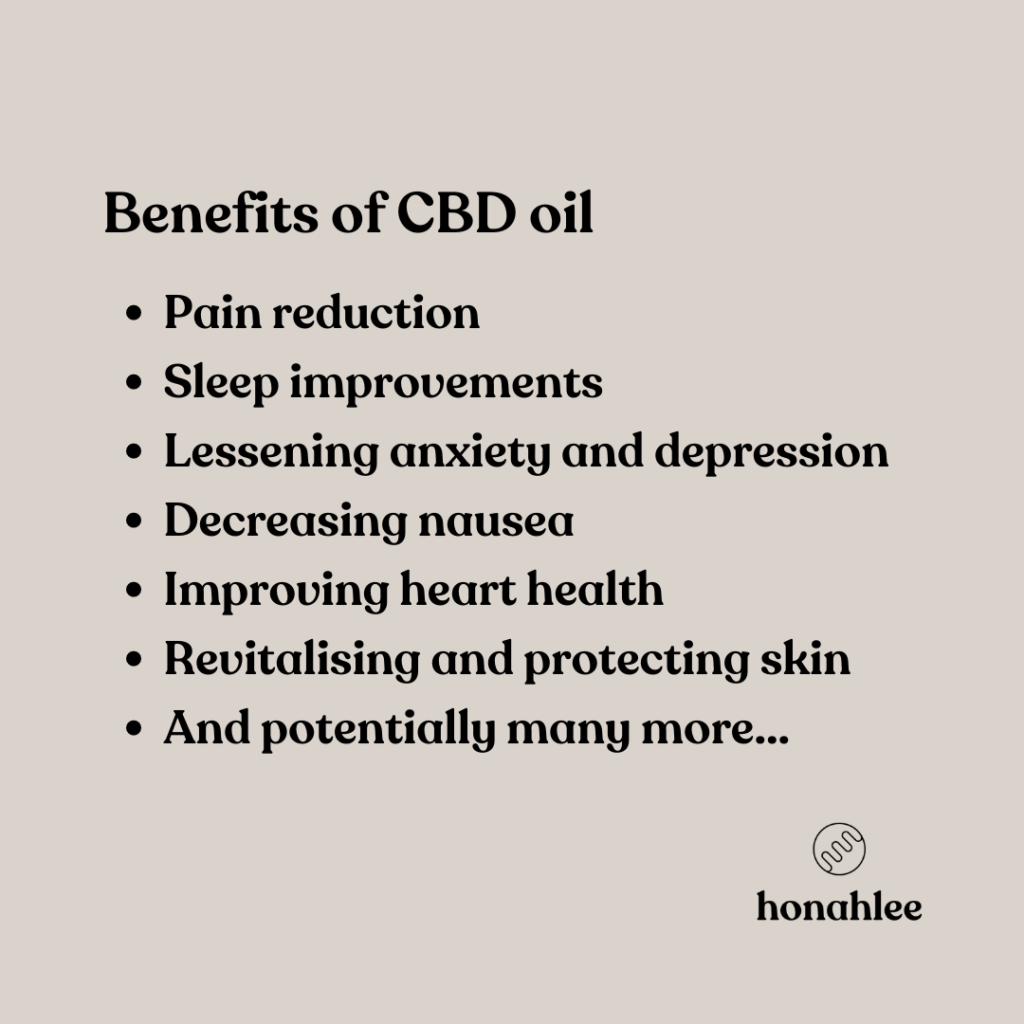Indicators on Green Dr Cbd You Need To Know
Table of ContentsMore About Green Dr CbdGreen Dr Cbd for BeginnersThe Best Guide To Green Dr CbdThe Basic Principles Of Green Dr Cbd
The most usual conditions for which medical cannabis is utilized in Colorado and Oregon are pain, spasticity connected with multiple sclerosis, queasiness, posttraumatic stress and anxiety disorder, cancer cells, epilepsy, cachexia, glaucoma, HIV/AIDS, and degenerative neurological problems (CDPHE, 2016; OHA, 2016 (green dr cbd). We added to these conditions of interest by taking a look at lists of certifying ailments in states where such usage is legal under state regulationThe committee is mindful that there might be various other conditions for which there is proof of efficiency for cannabis or cannabinoids (http://dugoutmugs01.unblog.fr/2024/04/29/discover-the-healing-power-of-green-doctor-cbd/). In this chapter, the board will discuss the searchings for from 16 of one of the most current, good- to fair-quality systematic testimonials and 21 main literature posts that best address the committee's research study inquiries of rate of interest

Light et al. (2014 ) reported that 94 percent of Colorado medical marijuana ID cardholders showed "extreme discomfort" as a medical problem. Ilgen et al. (2013 ) reported that 87 percent of individuals in their research study were seeking clinical cannabis for pain relief. In addition, there is proof that some people are changing using traditional discomfort medicines (e.g., opiates) with cannabis.
Not known Incorrect Statements About Green Dr Cbd
Incorporated with the survey information suggesting that pain is one of the main factors for the use of clinical cannabis, these current records suggest that a number of discomfort patients are changing the usage of opioids with marijuana, regardless of the reality that marijuana has not been approved by the United state
Five good- excellent fair-quality systematic reviews organized evaluations. Snedecor et al. (2013 ) was directly concentrated on pain related to spinal cord injury, did not include any type of studies that made use of cannabis, and just determined one study investigating cannabinoids (dronabinol).

The Facts About Green Dr Cbd Uncovered
For the functions of this discussion, the primary resource of info for the impact on cannabinoids on persistent discomfort was the testimonial by Whiting et al. (2015 ). Whiting et al. (2015 ) consisted of RCTs that compared cannabinoids to typical treatment, a placebo, or no treatment for 10 conditions. Where RCTs were inaccessible for a condition or end result, nonrandomized research studies, consisting of unchecked research studies, were considered.
( 2015 ) that specified to the results of breathed in cannabinoids. The strenuous testing approach made use of by Whiting et al. (2015 ) led to the recognition of 28 randomized tests in patients with persistent discomfort (2,454 individuals). Twenty-two of these tests evaluated plant-derived important source cannabinoids (nabiximols, 13 tests; plant blossom that was smoked or evaporated, 5 tests; THC oramucosal spray, 3 tests; and oral THC, 1 test), while 5 tests evaluated synthetic THC (i.e., nabilone).
The medical problem underlying the chronic discomfort was most typically associated to a neuropathy (17 trials); various other problems included cancer pain, multiple sclerosis, rheumatoid arthritis, musculoskeletal issues, and chemotherapy-induced discomfort. = 0 (green dr cbd).992.00; 8 trials).
Only 1 trial (n = 50) that examined breathed in marijuana was included in the result dimension approximates from Whiting et al. (2015 ). This study (Abrams et al., 2007) Indicated that cannabis lowered pain versus a placebo (OR, 3.43, 95% CI = 1.0311.48). It deserves keeping in mind that the impact dimension for breathed in marijuana is consistent with a separate recent testimonial of 5 trials of the impact of inhaled cannabis on neuropathic pain (Andreae et al., 2015).
Green Dr Cbd Fundamentals Explained
There was likewise some evidence of a dose-dependent impact in these research studies. In the addition to the evaluations by Whiting et al. (2015 ) and Andreae et al. (2015 ), the board identified 2 added researches on the result of cannabis blossom on sharp pain (Wallace et al., 2015; Wilsey et al., 2016).
These 2 researches are constant with the previous reviews by Whiting et al. (2015 ) and Andreae et al. (2015 ), suggesting a decrease in pain after cannabis management. In their testimonial, the committee located that only a handful of researches have examined the usage of marijuana in the United States, and all of them reviewed marijuana in flower type given by the National Institute on Medication Abuse that was either evaporated or smoked.